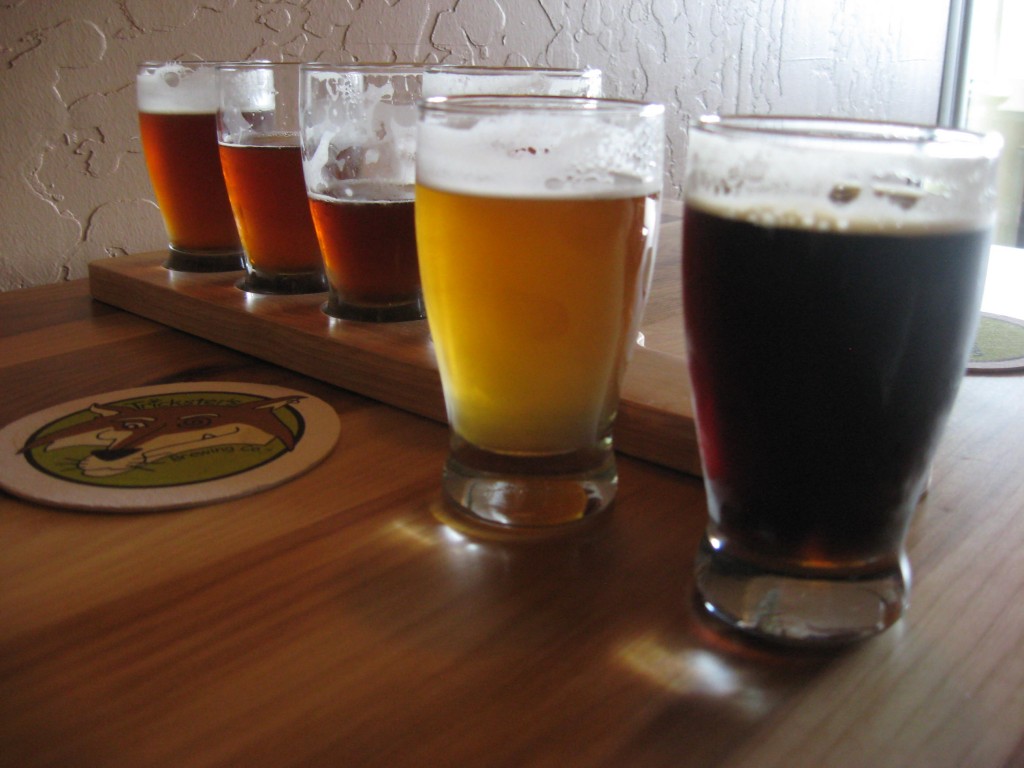
Written by Pete Skirbunt for the American Forces Press Service
Harvest festivals are as old as civilization itself, but our Thanksgiving is much more than an annual festival. It is a national day of expressing thanks, according to every individual’s personal beliefs.
There were many “thanksgivings” in the early days of American colonization, when life and travel were so difficult that people were always giving thanks for safe journeys, favorable weather and good crops. Spanish colonists held such feasts in Texas in the 1500s, as did English colonists in Virginia from the 1600s.
The thanksgiving we commemorate every November, however, was the one held by the Pilgrims of Plymouth, Mass., in 1621. Although it definitely wasn’t the “first” thanksgiving in the New World, it holds a special place in American tradition because of its association with the ideals of religious freedom, self-reliance and the mutual friendship of settlers and natives.
The Pilgrims — a name not actually applied to them until 170 years later — were 102 people who sailed from England on the ship Mayflower in September 1620. Of these, only 35 were actually seeking religious freedom. They were “Separatists” from the Church of England. The others, called “Strangers,” simply wanted to leave England for a variety of reasons and start life over in America.
For 12 years, the Separatists had lived in Holland, where the Dutch tolerated religious differences. But these Englishmen didn’t want to desert their heritage, customs or language. They decided to go to America — to Virginia, specifically. Establishing a colony there would allow them to remain English. If they went elsewhere, to Dutch colonies, for instance, they would have had to renounce their English citizenship.
King James I, eager to be rid of them, gave them permission to establish a colony, so long as they remained loyal and didn’t cause him trouble. The Virginia Company of London agreed to let them settle in “Virginia,” which at that time extended north to modern New Jersey. Merchants calling themselves “Adventurers” agreed to finance the expedition in return for seven years of shared profits from whatever the colonists were able to produce and send back.
In August 1620, the first Separatists sailed with 67 “Strangers” on the Mayflower and a second ship, the Speedwell. After the Speedwell twice sprang leaks and forced returns to port, everyone crammed aboard the 90-foot-long Mayflower and left the Speedwell behind.
Aboard ship, the voyagers ate bread, biscuits, pudding, cheese, crackers, and dried meats and fruits. Instead of water, they brought barrels of beer — a standard practice in the days before refrigeration, because beer remained potable longer than water.
Continue reading “The Pilgrims’ Real First Thanksgiving”






 This was a bit tough to track down, at first. Apparently there is a Wellington Brewery in England and Google loves that one. I bought this screw top, plastic, bottle: much like cheap American brewers used for years, in Ontario, Canada while on tour in the early to mid-90s.
This was a bit tough to track down, at first. Apparently there is a Wellington Brewery in England and Google loves that one. I bought this screw top, plastic, bottle: much like cheap American brewers used for years, in Ontario, Canada while on tour in the early to mid-90s.





You must be logged in to post a comment.